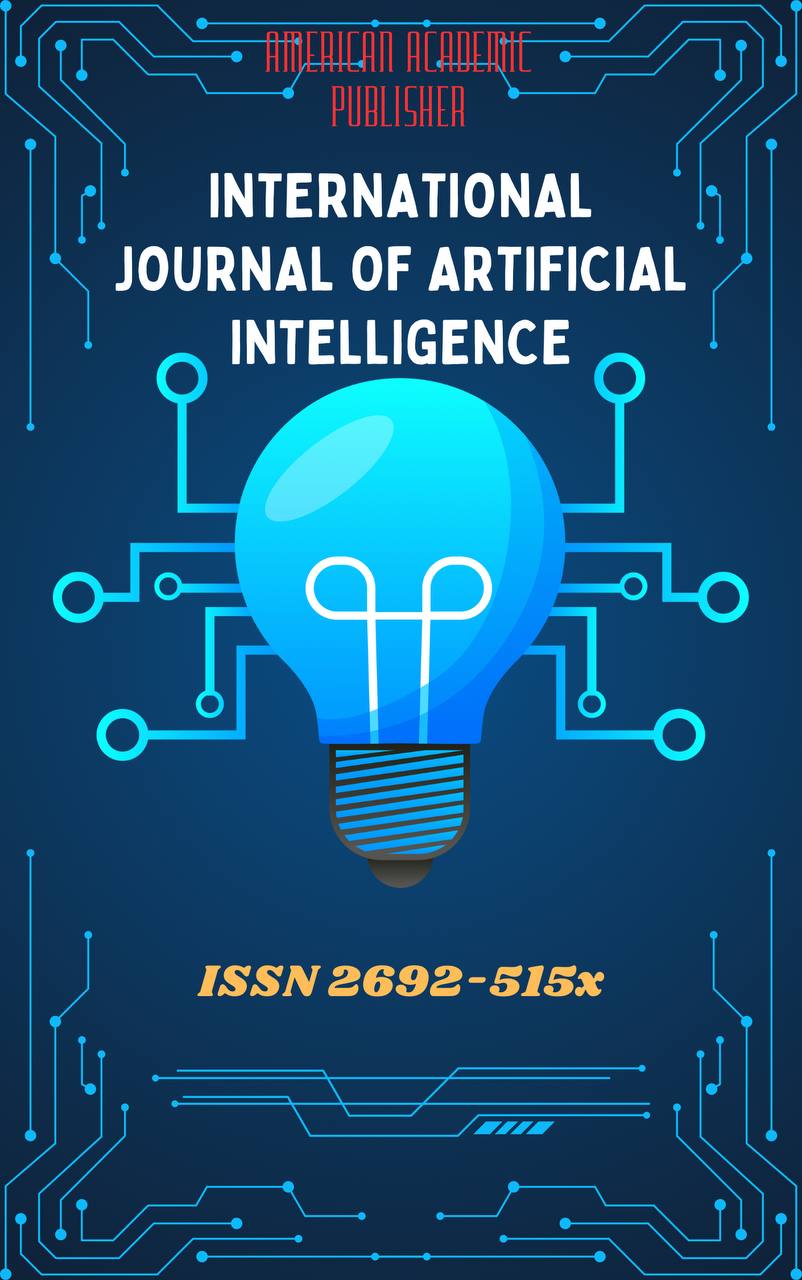 Articles
| Open Access |
Articles
| Open Access | IMPROVEMENT OF THE MECHANISM OF TEACHING STUDENTS TECHNICAL SAFETY
Abdurakhmanov Jahongir Sherali ugli , Senior Lecturer of the Department of Technological Education Termez State UniversityAbstract
This scientific article analyzes the innovative mechanisms for developing students' knowledge, skills, and abilities related to safety, their practical application, and the formation of a safety culture in the educational process. Also highlighted are the possibilities of forming a culture of safety among students through effective methods of teaching technical safety, interactive lessons, virtual simulations, project work on risk assessment, and practical classes.
Keywords
technical safety, student training, innovative mechanism, safety culture, practical skills, project-based training.
References
Abdurakhmanov J. "The Essence of Interactive Methods in the Development of Students' Knowledge of Technical Safety in the Credit-Module System."Progress Annals: Journal of Progress Research (2024).
Sh. Tursunov, J. Sh. Abdurakhmanov, E. T. Torakulov. "Safety of Life Activities" Textbook, T-2023. 560 p.
Sh, Abdurakhmanov J. "The role of the ktedit-module system in teaching students."Online scientific journal of education and development analysis (2024).
Abdurakhmanov J.Sh. “Development of knowledge of occupational safety and technical safety in students” Monograph, T-2023. 112 p.
Abdurakhmanov J.Sh. Ways to improve the methodology for the development of competencies related to the technical safety of students in the credit-module system. American Journal of Science on Integration and Human Development. (2024).
Abdurakhmanov J.Sh. The importance of interactive methods in developing students' knowledge of technical safety. Education, science and innovation ISSN2181-8274, -Tashkent -2024-year. No. 1 -B. 551-555.
Abdurakhmanov J.Sh. The role of the credit-module system in developing students' professional competence. Entrepreneurship and pedagogy, 2024. 2(4).
Article Statistics
Downloads
Copyright License

This work is licensed under a Creative Commons Attribution 4.0 International License.

